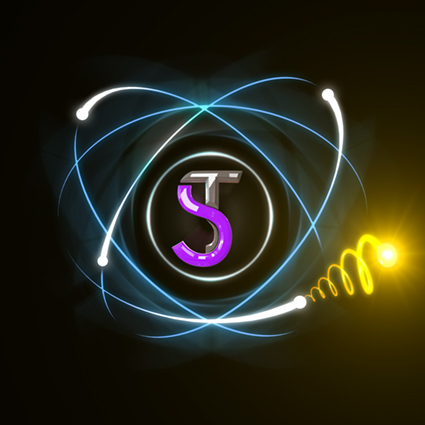What really happen at big bang moment? In this article we are going to explain more about this important question. If we imagine a structure for the Big Bang; it could be explained as follows: Several extremely large groups of photons collided at a particular point called the Big Bang, and in fact, the big collision of these very large groups of photons is the explanation of the basis of the today Big Bang. The Big Bang is not the beginning of Existence but a spark of the past.

Modality of the Universe before the Big Bang

- 1 Saleh Research Centre
Abstract
In this article we are going to explain more about what really happen at big bang moment. But if we want to imagine a structure for the Big Bang; The structure of the Big Bang could be explained as follows: Several extremely large groups of photons collided at a particular point called the Big Bang, and in fact, the big collision of these very large groups of photons is the explanation of the basis of the today Big Bang. Or could say; they hit each other and created the initial mass and nature of the Big Bang. Because of the reaction of this impact, the mass expansion has become like a big explosion, which we call it the Big Bang, which is the beginning of the creation of Electrons, Protons, Galaxies, Stars, etc. In the other words, the effect of the collision reaction of large groups of the photons is known as the Big Bang. The Big Bang is not the beginning of Existence but a spark of the past.
